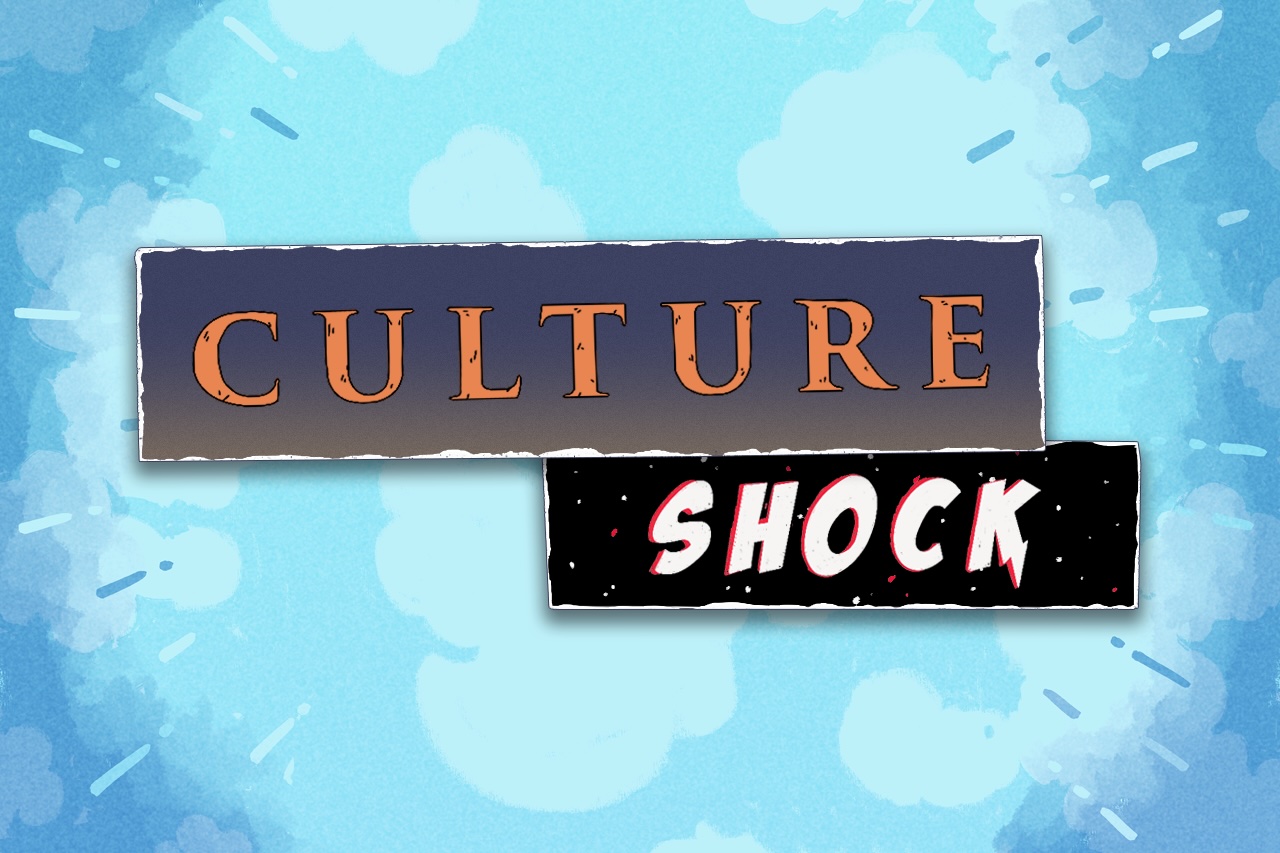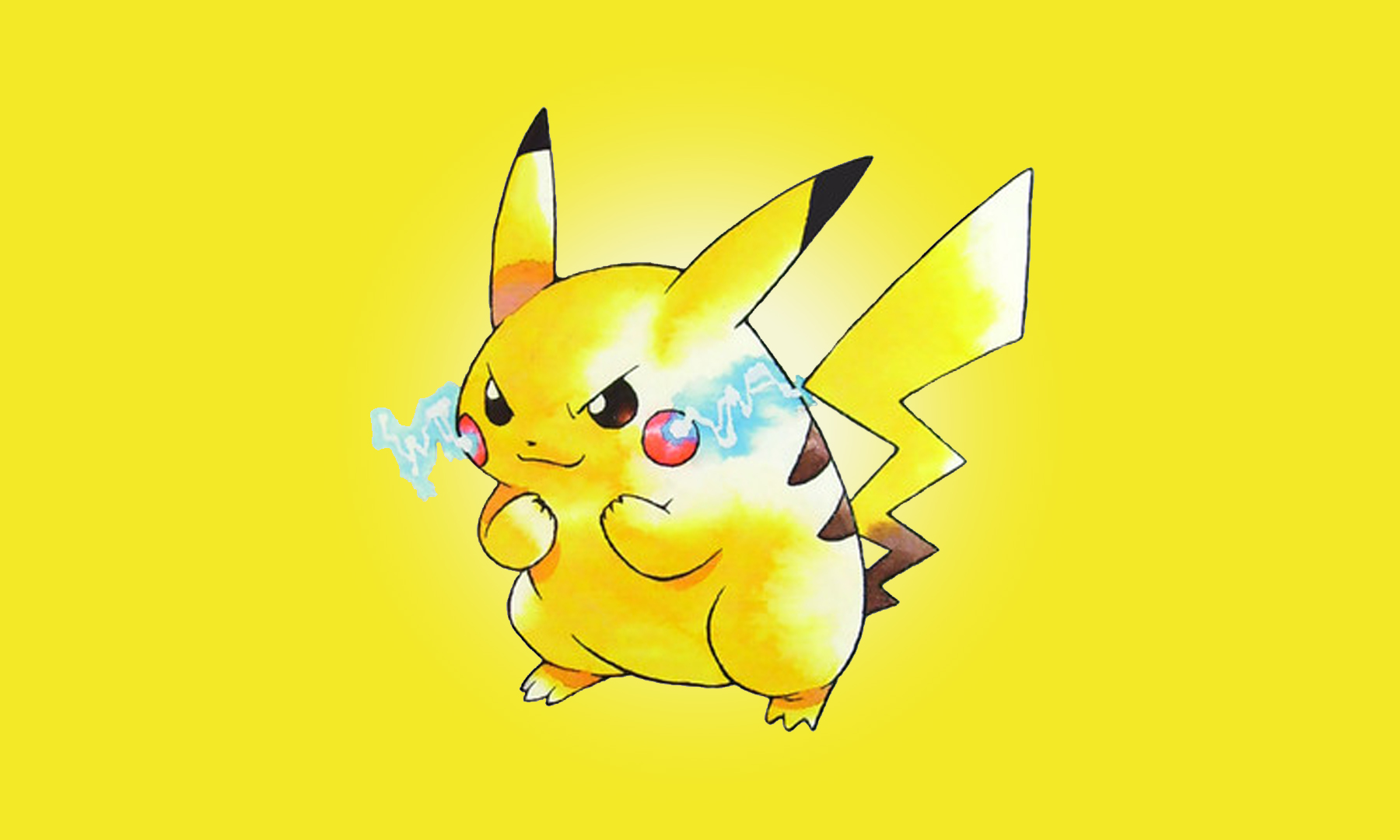Three decades after its debut in Japan, the Pokémon franchise is firmly entrenched as a cultural juggernaut. Across trading cards, video games, anime, movies, toys, and other merchandise, Pokémon is now a multibillion-dollar business.
But in the early ’90s, Pokémon was an unknown quantity. Its creators were unsure that the franchise about catching cute, pocket-sized monsters would resonate with an audience outside of Japan. Tsunekazu Ishihara, CEO of The Pokémon Company, said in a 2000 interview that he gave the franchise a one-in-10 chance of appealing to overseas customers.
This week on Polygon, we’re looking at how cultural differences affect media in a special issue we’re calling Culture Shock.
In that same interview, Ishihara tells a wild story: When he tried to pitch Pokémon to colleagues at Nintendo of America, he was told the existing creatures were “too cute.” Ishihara was presented with an embarrassing alternative by his Western colleagues: a version of Pikachu that looked like a “tiger with huge breasts.”
“We just couldn’t believe the kind of stuff they were proposing,” Ishihara said.
This anecdote about Pikachu, a child-friendly mascot, being reimagined as a “tiger with huge breasts” has been covered widely, including in Time magazine and popular YouTube channel Did You Know Gaming. Pokémon fans have understandably balked at the idea of a Pikachu with a hefty bosom, and some have argued that Ishihara’s comments have been misinterpreted.
Fans point to comments from other executives at Nintendo and The Pokémon Company to theorize what was actually being suggested by the Americans in the 1990s: a more monstrous Pikachu with big, muscular pecs.
In the years after that Ishihara interview, former Nintendo president Satoru Iwata recounted a similar tale about the early days of bringing Pokémon outside of Japan. In 2008, he said during an investor Q&A that when Pokémon characters were shown to Nintendo employees in the West, those people responded, “Something this cute can’t be called a monster. Monsters should be muscular and more terrifying.” Iwata recalled seeing a picture of “a muscular Pikachu,” which he said he would have been ashamed to show the people who created Pokémon.
“This cute yellow thing is not a monster, everyone told us,” Iwata later recalled of Pikachu’s reception to reporters in 2014, according to the Wall Street Journal. He said that he and then-Nintendo president Hiroshi Yamauchi were shown “mock-ups of a muscular Pikachu, and advised that only a complete redrawing would make the Pokémon game sell.”
Gail Tilden, a former executive at Nintendo of America, told me that she was aware that “NOA’s marketing agency was worried about the ‘too cute, too Japanese’ look” of Pokémon. During the ’90s, that agency proposed “a look that had graffiti elements,” she said, that would have given Pokémon an edgier style that aligned with the more aggressive, Play It Loud! marketing of Nintendo products at the time. She was unaware of rejected attempts to give Pikachu big boobs.
The original exchange between Ishihara and his interviewer, however, includes additional details about what he was shown in the early ’90s — details that often get left out in retellings of this wild yarn. Ishihara compared the “tiger cat with big breasts” he’d seen to a character from the musical Cats, specifically from Japan’s Shiki Theatre Company, which has been producing that show for more than 30 years now. Furthermore, the person conducting the interview with Ishihara asked for clarification about what he meant by “tiger cat with big breasts.”
“Was it like something a woman would cosplay at [Japanese comic convention] Comiket?” the interviewer asked.
”That’s right,” Ishihara said, “and this was something that was really proposed. For me, it might be fun to enjoy the differences between cultures, but we didn’t think this was something we could go with. […] So, we decided that we wouldn’t alter any of the graphics. If we had agreed to changing Pikachu, we wouldn’t be where we are now.”
As ridiculous as it may seem, it appears that the people who created Pokémon and helped bring it to audiences worldwide may have been presented with two design proposals meant to appeal to American audiences: a fearsome and muscular Pikachu, and a slightly sexualized one. Thankfully, neither passed The Pokémon Company’s smell test.
Polygon reached out to The Pokémon Company for official clarification on Ishihara’s original comments about a large-chested Pikachu — and to ask if we can finally see the illustrations that the American marketing teams proposed — but have not yet heard back.
While Pikachu’s design has evolved slightly over the years to be a bit slimmer, the iconic Pokémon has never officially veered into muscular or terrifying redesigns. And only in the dark corners of the internet does Pikachu have boobs.

